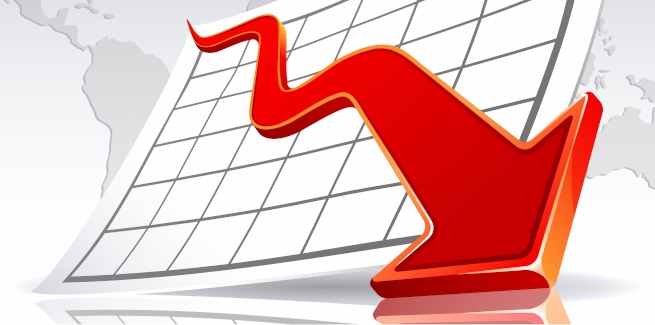Prime home loan arrears in Australia have maintained their overall decline, with a report published by S&P Global confirming that the trend continued into September.
As of 30 September, prime home loan arrears for 31-60 days now sit at 0.22 per cent – a 0.02 drop compared to August, and a 0.05 drop when compared to the month of June.
Similarly, 61-90 day arrears (now at 0.13 per cent, a 0.05 per cent drop compared to June) and 90+ day arrears (now at 0.59 per cent, a 0.09 per cent slip from June) have maintained this gradual, but consistent, decrease.
Arrears under S&P Global’s Standard & Poor's Performance Index (SPIN) now stand at 0.95 per cent, reflecting an overall 0.17 per cent dip.
Over the three months between June and September, the total current loan balance (TCLB) increased from $120.03 billion to $121.58 billion for Australia’s prime home loan arrears.
This figure was also echoed by the recent decline from June to July ($117.54 billion), followed by a sudden uptick the following month ($121.42 billion).
Across the country, however, the declining trend is largely consistent, with almost every state and territory reporting a fall in prime arrears of 30 or more days due compared with the month prior – Western Australia noted the largest drop of 0.09 per cent to 1.80 per cent, followed by NSW (now at 1.15 per cent), Victoria (1.07 per cent) and Queensland (1.04 per cent) reporting decreases of 0.08 per cent.
However, Tasmania was the only state or territory to experience a growth, with its SPIN arrears increasing from 0.58 per cent in August to 0.65 per cent in September.
Between institutions, both major and non-major banks reported relatively minimal fluctuations, with 31-60 day prime home loan arrears to the former decreasing by 0.02 per cent between August and September to 0.33 per cent – the same result found in July. However, 61-90 day arrears increased by 0.01 per cent.
Overall, major banks reported a SPIN decrease of 2.01 per cent to 1.91 per cent from June to September.
Likewise, non-major banks reported an increase to 31-60 day arrears over this period by 0.05 per cent to 0.20 per cent, as of September, while 61-90 day arrears decreased from 0.11 per cent in August to 0.08 per cent the following month.
From June to September, the SPIN dropped from 0.78 per cent to 0.63 per cent.
What is a notable distinction between these two cohorts was the TCLB, with major banks reporting a consistent decline since June, with that month’s figure of $26.36 billion dropping to $24.36 billion in September.
Comparatively, non-major banks over this period have seen their TCLB increase from $37.67 billion to $39.33 billion.
In August, this figure was $40.11 billion.
Additionally, the report notes the performance of Australia’s non-conforming loans as of September which, when compared with June’s figures, has also experienced a distinctive drop in percentage.
Over this four-month period, 31-60 day arrears dropped from 0.95 per cent to 0.92 per cent, while 61-90 day arrears decreased five basis points to 0.45 per cent.
Arrears that were over 90 days too declined, dropping from 1.60 per cent to 1.38 per cent.
Non-conforming SPIN loans ultimately were reported as falling from 3.05 per cent to 2.75 per cent over this period.
The TCLB for the nation’s non-conforming loans increased from $13.96 billion to $15.48 billion over this period.
As per a release supplied by S&P Global, while these figures do reflect an improvement in arrears, “the exclusion of loans under mortgage deferrals during lockdowns from arrears reporting in the underlying loan data, in addition to an increase in loan balances outstanding” is also reflected in these results.
“The rebooting of the economy as restrictions ease is positive for debt serviceability. The reopening of the economy will also see some borrowers transition off stimulus measures,” S&P Global added.
“While this may cause financial pressure for some borrowers, most borrowers in Australian residential mortgage-backed securities (RMBS) transactions continue to benefit from low interest rates, a competitive lending environment, strong growth in property prices, and increasing equity in home loans.
“Income growth is also picking up, albeit not evenly across all sectors, enhancing households' financial resilience.
“While growing leverage for new lending will weigh on already high household indebtedness, this will be tempered by the faster amortisation of many home loans during COVID-19 thanks to a buildup in savings and lower interest rates.”
[Related: Loan deferrals continue to rise]









